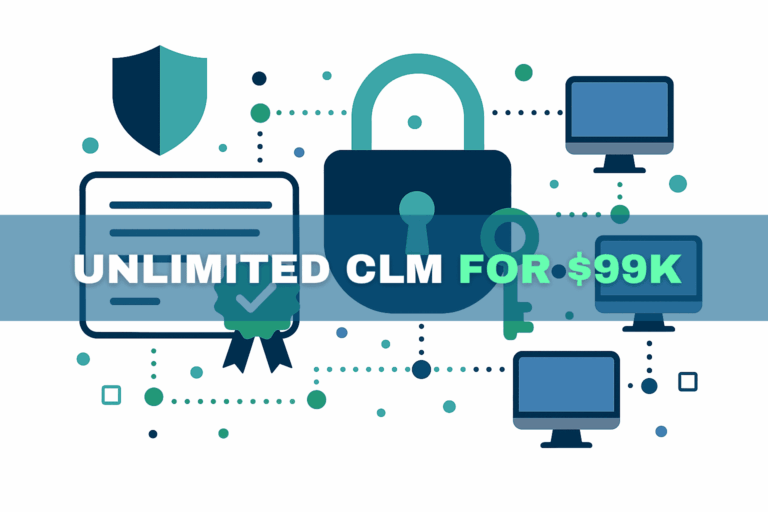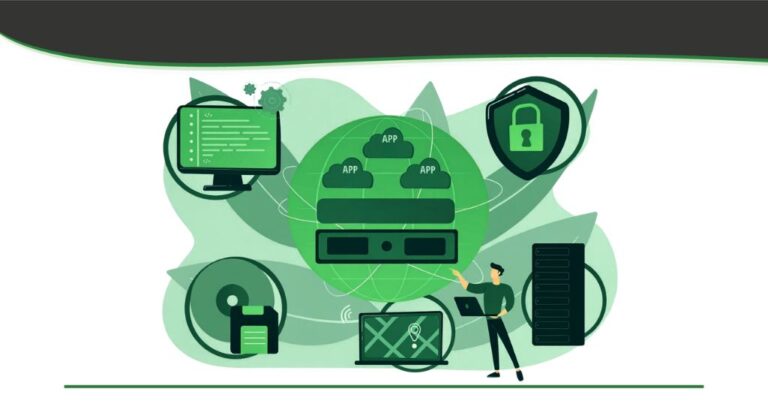In today’s digitally transformed enterprise, cryptography underpins every secure connection, transaction, and identity. But with great power comes great complexity. As DevOps accelerates and systems proliferate, organizations face a growing challenge: ensuring that all cryptographic operations follow strong, consistent policies, without becoming a bottleneck to innovation.
This article explores how enterprises can implement cryptographic policy enforcement at scale by automating compliance, centralizing control, and integrating with DevOps workflows. We’ll cover the challenges of cryptographic sprawl, the importance of policy-as-code, cryptographic gateways, and how platforms like Garantir’s GaraTrust enable this balance between security and speed.
Why Cryptographic Policy Enforcement Matters
Cryptographic policy enforcement ensures that all encryption, signing, and identity verification mechanisms in an enterprise adhere to defined standards. These include approved algorithms such as AES-256 and SHA-384, appropriate key sizes, and secure methods for key storage and usage. Without policy enforcement, organizations face the risk of cryptographic sprawl, leading to inconsistent practices, security vulnerabilities, and operational failures. The impact of an expired certificate, for example, has taken major platforms offline for hours, as was the case with Microsoft Teams.
The Challenge of Cryptographic Sprawl
In a modern enterprise environment driven by DevOps and cloud-first architectures, cryptographic assets like encryption keys, certificates, and secrets multiply rapidly. These assets are often managed in silos, one team might oversee TLS certificates while another manages code signing keys. Other secrets may be unmanaged altogether.
This uncontrolled growth results in a number of critical issues. Certificate expiration can cause unexpected outages. Key strengths and algorithms may vary from team to team, violating compliance. Perhaps most concerning, there may be little to no visibility into where these assets are stored or how they are used. To address this, organizations need centralized oversight and strong, automated policy enforcement mechanisms.
Aligning with Compliance Standards
Cryptographic policies must be aligned with evolving compliance standards. Guidelines from the National Institute of Standards and Technology (NIST) define approved algorithms and require FIPS-validated modules. The NSA’s Commercial National Security Algorithm Suite 2.0 (CNSA 2.0) introduces mandates for post-quantum cryptographic algorithms like ML-DSA (previously CRYSTALS-Dilithium), requiring them for national security systems. Sector-specific regulations such as PCI DSS, HIPAA, and GDPR demand strong encryption practices and proper key lifecycle management.
Organizations must ensure their cryptographic practices are adaptable, and that enforcement mechanisms are capable of evolving as standards change. This adaptability becomes even more critical with the looming threat of quantum computing, which will render many legacy algorithms obsolete.
Manual vs. Automated Enforcement
Historically, cryptographic policy enforcement has relied on manual methods, documents, team training, and sporadic audits. This approach is error-prone and unsustainable in dynamic, high-scale environments.
Automated enforcement, by contrast, offers speed, consistency, and scalability. It enables faster key rotation, automatic certificate renewal, and uniform application of security policies. Moreover, it makes scalable auditing and continuous risk detection possible, laying the foundation for secure DevOps.
Crypto-Policy-as-Code
One of the most powerful tools for automating enforcement is policy-as-code. By expressing cryptographic policies in machine-readable formats such as YAML or JSON, organizations can ensure consistent application across their environments. These policies define parameters like permitted algorithms, minimum key lengths, certificate lifespans, and more.
Policy-as-code allows teams to embed cryptographic checks into CI/CD pipelines and infrastructure scans, ensuring every build, deployment, and configuration aligns with policy. With tools like Open Policy Agent (OPA), organizations can centralize policy definitions and enforce them in real time.
CI/CD Integration
Embedding cryptographic policy checks into the software development lifecycle ensures enforcement without slowing down development. Pre-commit hooks can prevent the use of deprecated algorithms. Continuous integration systems can scan for approved signing keys and enforce certificate compliance. Deployment pipelines can verify that only signed, trusted artifacts are promoted to production.
Integrating these checks into infrastructure-as-code templates helps ensure that resources such as cloud storage, APIs, and networking components use encryption in compliance with internal standards. This shift-left approach enables teams to detect and remediate security issues early, when they are easier and cheaper to fix.
Cryptographic Gateways: Centralizing Control
Centralized cryptographic gateways provide a unified point of control for enforcing policy across all cryptographic operations. Garantir’s GaraTrust is one such platform. It enables high-performance cryptographic operations while keeping private keys securely stored in hardware security modules (HSMs).
Using a client-side hashing architecture, GaraTrust performs signing operations quickly by sending only the hash of the data to the HSM, not the entire file. This minimizes performance impact while ensuring private keys never leave secure storage. Developers and systems gain fast access to cryptographic services, and all operations are logged and monitored according to policy.
GaraTrust also provides role-based access controls, multi-factor authentication, and approval workflows. These capabilities help organizations enforce granular policies while maintaining high performance and availability.
Continuous Monitoring and Auditability
Maintaining compliance requires continuous monitoring. Every cryptographic operation should be logged with details about who performed it, when, and using which key. Organizations must track certificate expirations, detect unused or orphaned keys, and generate real-time compliance reports.
This continuous visibility not only supports internal security but also satisfies regulatory audits. With centralized systems in place, enterprises can quickly demonstrate compliance and respond proactively to potential vulnerabilities.
Real-World Applications
Cryptographic policy enforcement manifests across various enterprise functions. In code signing, platforms like GaraTrust ensure that only authorized builds are signed and that keys are protected according to policy. For TLS/SSL management, automated systems handle certificate renewal and enforce approved ciphers. In zero trust architectures, cryptographic identity becomes the basis for authenticating users and devices, enforcing access policies, and protecting data in transit.
Recommendations for Implementation
Organizations looking to implement cryptographic policy enforcement should begin with an audit of their cryptographic assets. This includes identifying all keys, certificates, and encryption libraries in use. Once inventoried, teams can define policies based on standards like NIST and CNSA 2.0, and express these policies in code.
Next, enforcement should be embedded in CI/CD pipelines and infrastructure provisioning tools. Deploying a cryptographic gateway, such as GaraTrust, centralizes control and simplifies policy application. Finally, organizations should establish continuous monitoring and reporting to ensure compliance over time.
Cryptographic policy enforcement is a strategic necessity in the modern enterprise. It enables organizations to scale securely, meet compliance requirements, and prepare for emerging threats like quantum computing. Platforms such as Garantir’s GaraTrust demonstrate that with the right tools, policy enforcement can be both seamless and high-performance.
By automating enforcement and embedding it into development workflows, enterprises can accelerate innovation without compromising security. The result is a cryptographic infrastructure that is resilient, auditable, and future-ready.


